Live concerts have long been regarded as a vital component of the entertainment industry. This article explores the evolution of live concerts, their impact on the music industry, and unforgettable moments in concert history.
Additionally, it delves into how live concerts create lasting memories for attendees. Finally, it examines the future of live concerts by exploring innovative trends that are expected to shape this form of entertainment.
Through an objective lens, this article informs readers about the significance and enduring appeal of live concerts in contemporary society.
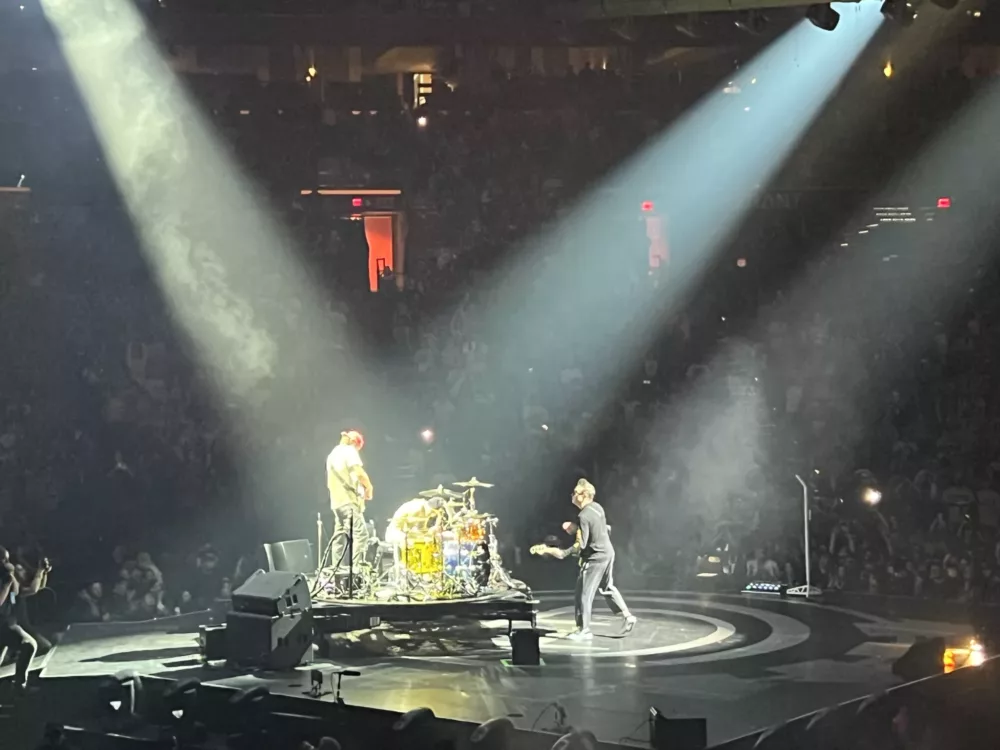
The Evolution of Live Concerts
The evolution of live concerts can be traced through the development of audio technology, changes in venue size and design, and the incorporation of visual effects.
Technological advancements have played a crucial role in enhancing the live concert experience. Innovations such as amplification systems, sound mixing consoles, and digital recording technologies have greatly improved the quality and clarity of sound during performances.
Additionally, advancements in lighting technology have allowed for more dynamic and visually captivating stage productions.
In recent years, social media has also had a significant impact on live concert experiences. Social media platforms enable fans to connect with artists and fellow concert-goers before, during, and after shows.
This has created a sense of community among fans and provided opportunities for real-time updates, photos, videos, and reviews that enhance the overall concert experience.
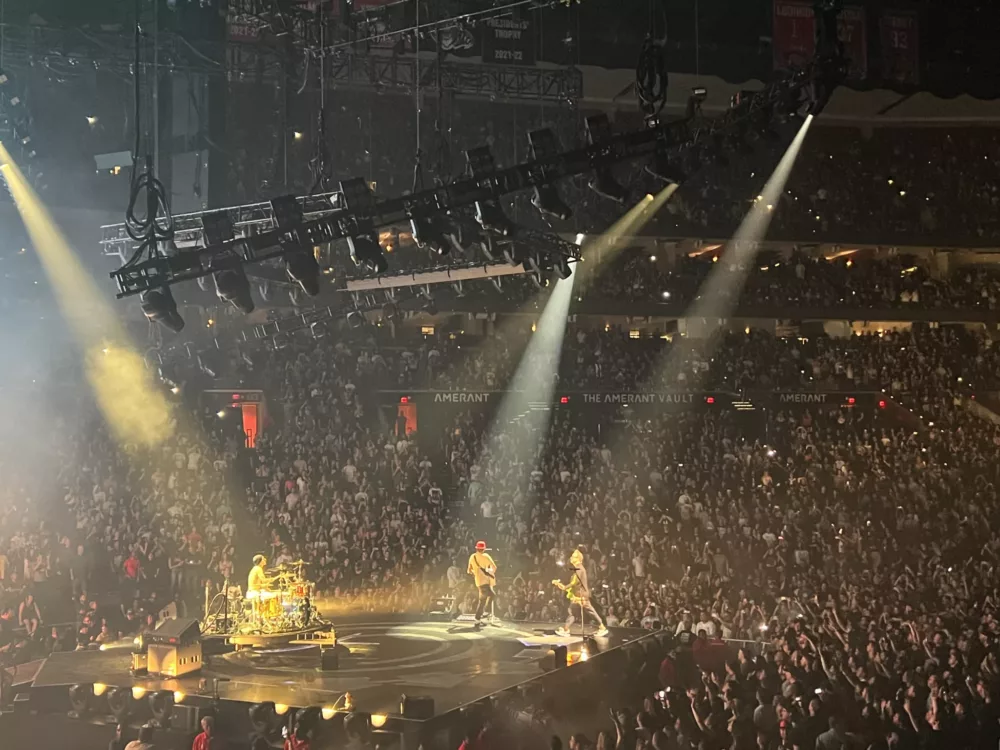
The Impact of Live Concerts on the Music Industry
One cannot underestimate the influence of live music performances on the music industry. Live concerts have a significant impact on both economic growth and fan engagement.
Economically, live concerts contribute to the growth of the music industry by generating substantial revenue through ticket sales, merchandise, and sponsorship deals.
The popularity of live concerts creates employment opportunities for various professionals involved in event planning, production, and promotion. Moreover, these events often attract a large number of attendees who spend money on travel, accommodation, and dining in the host city or region.
In terms of fan engagement, live concerts provide a unique and immersive experience that allows fans to connect with their favorite artists on a deeper level.
Through live performances, artists can interact with their audience directly and create memorable experiences that foster loyalty and support. Overall, live concerts play a crucial role in driving economic growth within the music industry while also enhancing fan engagement.
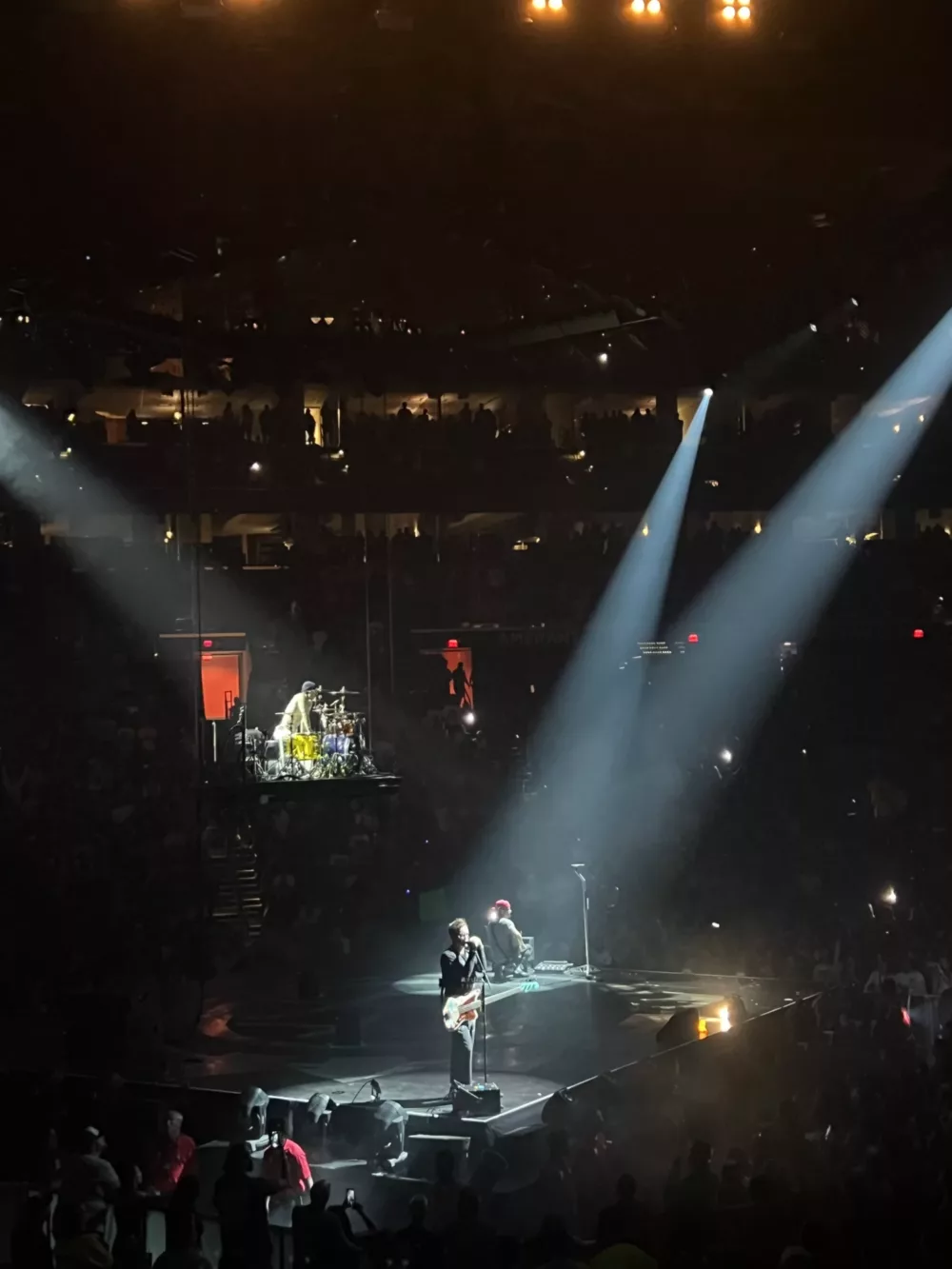
Unforgettable Moments in Live Concert History
Unforgettable moments in the history of live music performances have left a lasting impact on both the music industry and its audience. Iconic performances have shaped the way we perceive and experience live concerts.
One such moment was Queen's performance at Live Aid in 1985, where Freddie Mercury's electrifying stage presence captivated millions worldwide.
Another iconic performance was Nirvana's MTV Unplugged concert in 1993, which showcased their raw talent and vulnerability.
These performances not only showcased the artists' musical prowess but also exemplified the power of audience participation.
Whether it was the crowd singing along to Oasis 'Wonderwall' or Bruce Springsteen crowd surfing during his shows, audience participation created an atmosphere of unity and connection between artist and fan.
These unforgettable moments continue to inspire future generations of musicians and remind us of the transformative power of live music performances.
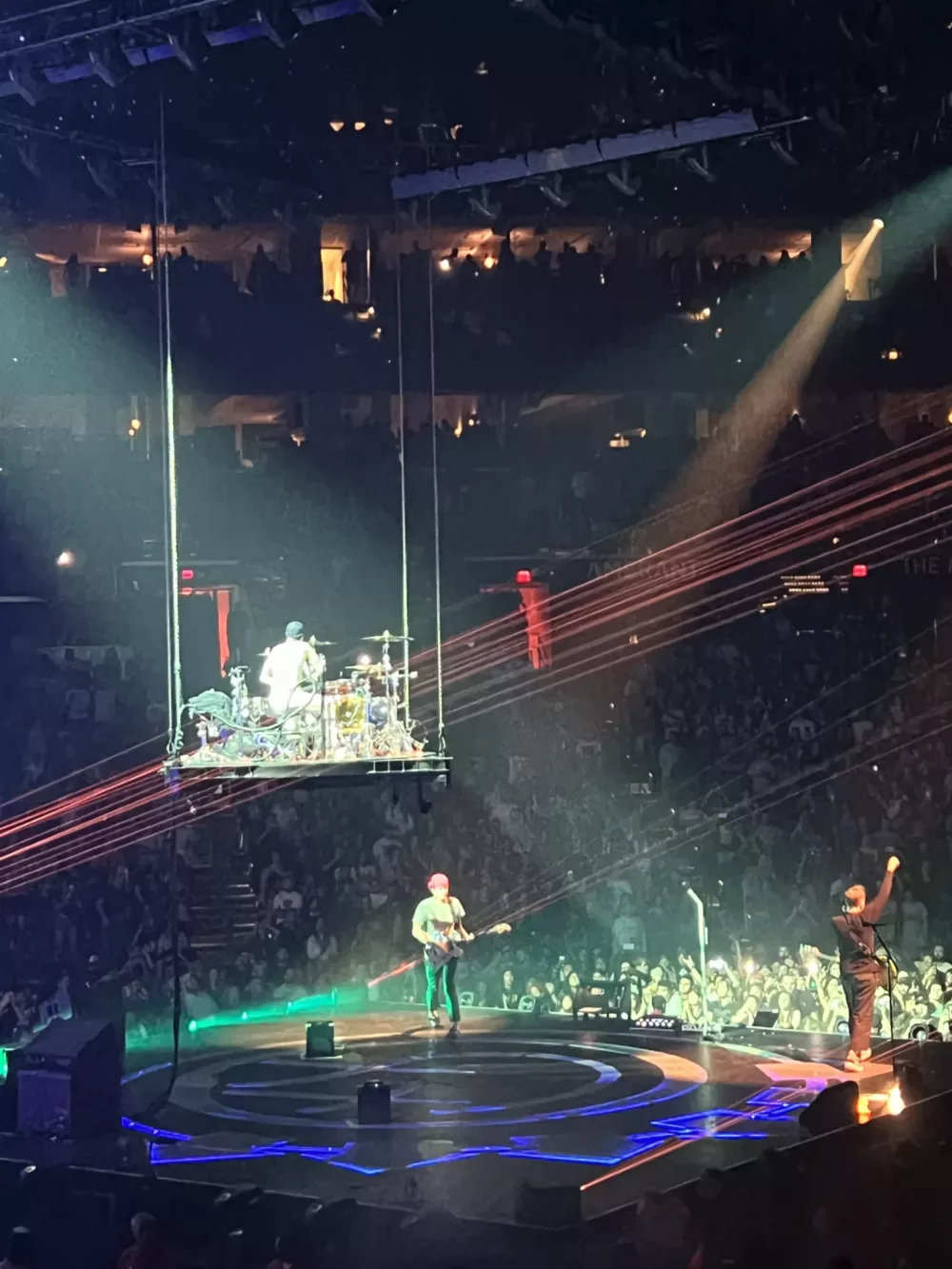
How Live Concerts Create Lasting Memories
Audiences often create enduring memories from live music performances due to the unique combination of sensory experiences and emotional connections. The live concert experience encompasses more than just listening to music; it engages multiple senses, such as sight, sound, and even touch.
The visual spectacle of stage lighting, elaborate set designs, and energetic performances enhance the overall impact on the audience. Additionally, the presence of a crowd further heightens the emotional intensity of a live performance.
The collective energy generated by thousands of individuals sharing a common passion creates an immersive atmosphere that is difficult to replicate elsewhere.
Moreover, audience participation plays a crucial role in cementing these memories. Singing along with favorite songs or participating in call-and-response interactions fosters a sense of connection between performers and attendees, contributing to lasting impressions that stay with individuals long after the concert ends.
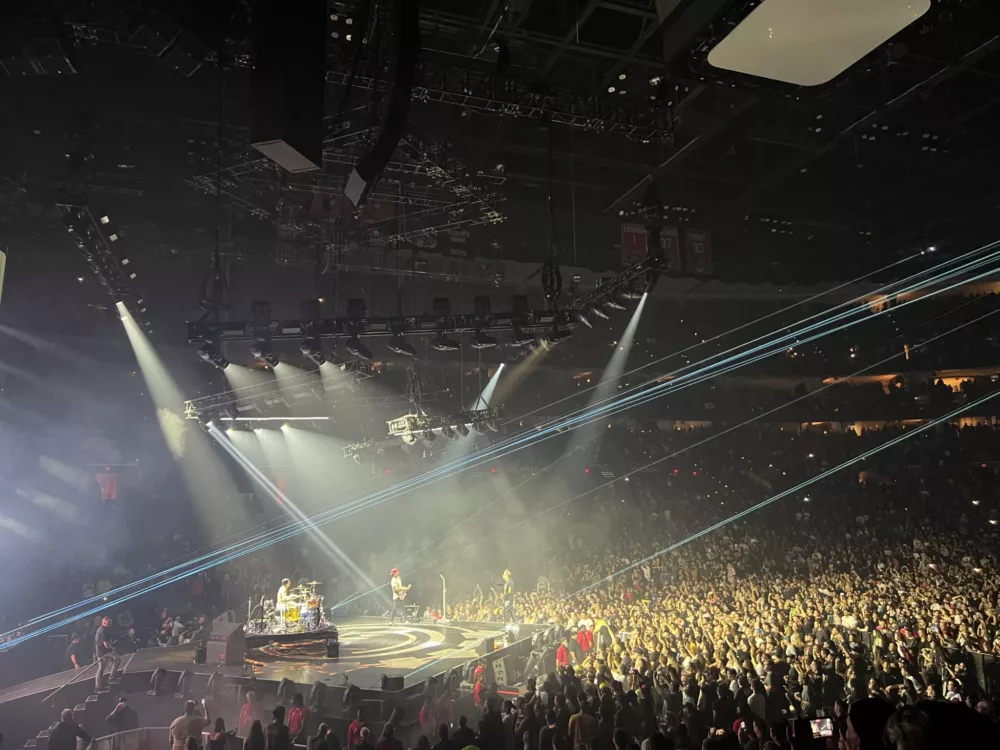
The Future of Live Concerts: Innovations and Trends
Innovations and trends in the future of live music performances involve incorporating advanced technology, such as virtual reality (VR) and augmented reality (AR), to create immersive and interactive concert experiences.
Virtual concerts have gained popularity as they allow fans from all over the world to attend live performances without physical limitations. Through VR headsets or AR applications, viewers can feel as if they are present in the venue, experiencing the energy and atmosphere of a live concert.
These virtual concerts often feature interactive elements that engage the audience, such as real-time chats with artists, personalized avatars, and virtual meet-and-greets. Additionally, advancements in holographic technology have made it possible to resurrect deceased musicians on stage for unique interactive experiences.
The incorporation of VR and AR technologies into live music performances opens up new possibilities for both artists and fans alike, creating memorable and captivating experiences beyond traditional concerts.





Leave a Reply